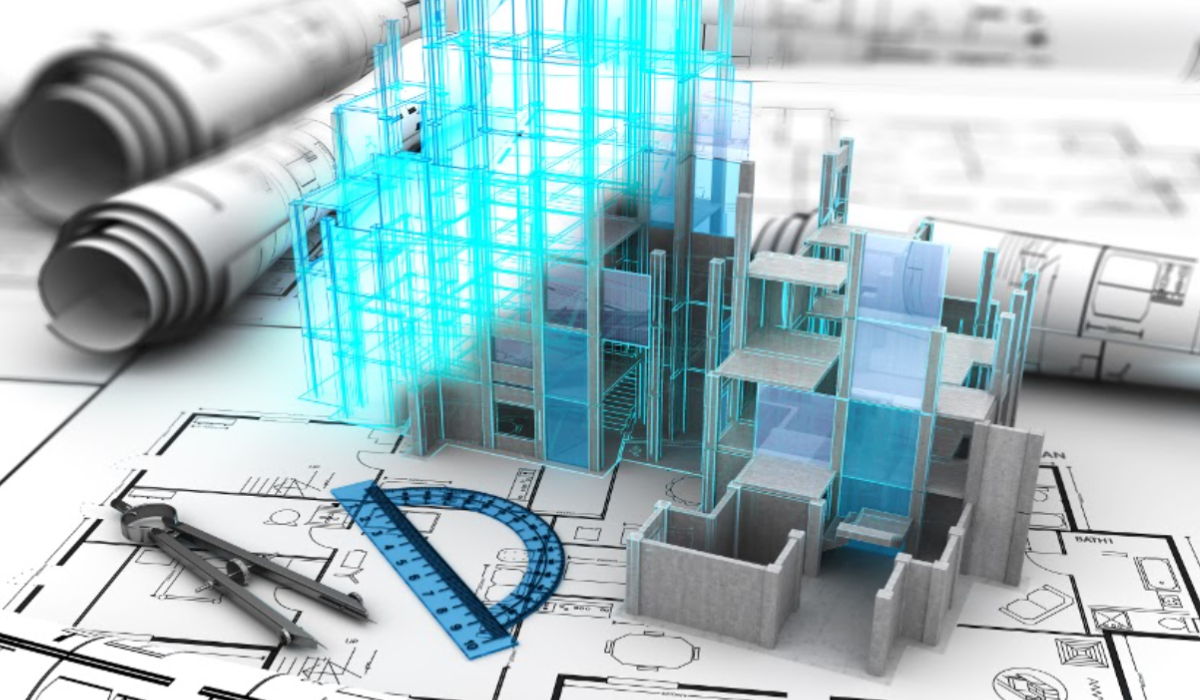BIM vs. CAD: Which is Really Better for Your Project?
Choosing between BIM (Building Information Modeling) and CAD (Computer-Aided Design) can be crucial for the success of a construction project. Both tools offer great benefits, but each is suited to different needs. In this article, we’ll analyze their main differences so you can select the best option based on your project requirements.
What is CAD?
Computer-Aided Design, or CAD, has been a traditional tool in architecture, engineering, and construction for decades. CAD facilitates technical design and the creation of 2D and 3D plans, offering precision in details. While still useful for simpler projects, CAD relies on graphical representations without detailed information about the materials or structures that make up the model.
What is BIM?
BIM, on the other hand, goes beyond a simple visual model. It’s a methodology that combines detailed information with three-dimensional modeling, creating a comprehensive and collaborative representation of the project. BIM integrates additional data (materials, costs, construction phases), making it ideal for complex projects requiring the involvement of multiple disciplines.
You may also be interested: Mandatory BIM in Mexico: Learn More!
Advantages of BIM in Complex Projects
1. Comprehensive Project Management:
BIM allows for the coordination of multiple areas (architecture, engineering, installations) within a single collaborative model. Each professional can contribute their input, reducing errors caused by miscoordination and enabling precise planning from design to operation.
2. Time and Cost Efficiency:
Studies show that implementing BIM can reduce project execution time by up to 24% and costs by 43.81%* compared to CAD, as it identifies clashes before construction, saving time and money by avoiding unexpected modifications.
3. Automated Quantities and Budgeting:
BIM enables automatic extraction of quantities and costs, eliminating manual errors and improving budget accuracy. This is particularly useful in large projects where small changes can have significant impacts.
4. Scenario Simulation and Sustainability:
BIM facilitates energy and sustainability simulations, helping predict building performance. This allows for the implementation of sustainable solutions, saving resources in the long run.
Advantages of CAD in Simple Projects
1. Ease of Use and Familiarity:
CAD has been the standard option for years, so many professionals are familiar with its use. It is intuitive and doesn’t require as steep a learning curve as BIM, making it ideal for simpler projects.
2. Lower Initial Cost:
For small projects or those with tight budgets, CAD can be the more economical option. It doesn’t require investment in software or intensive training as BIM does.
3. Suitable for Non-Collaborative Projects:
In less complex projects that don’t require integration across multiple disciplines, CAD provides the basic plans needed to get the job done without adding extra costs or time.
Which is Better for Your Project?
Choosing between BIM and CAD depends on several key factors:
– Project Complexity: For large and complex projects, BIM offers clear advantages in terms of precision, sustainability, and collaboration. CAD, however, suffices for simpler projects where data integration isn’t a priority.
– Budget and Available Resources: BIM requires a higher initial investment in software and training, but its cost-saving and efficiency benefits often offset this investment for large-scale projects.
– Team Expertise: If the team is familiar with CAD and the project doesn’t require multidisciplinary collaboration, CAD can be a convenient choice. However, if the team is trained in BIM, leveraging its benefits is recommended.
Conclusion: BIM vs. CAD in Today’s Industry
In the modern construction industry, BIM is gaining ground as a comprehensive solution for complex projects requiring integral and precise management. Nevertheless, CAD remains a valid and cost-effective option for less demanding projects. By evaluating your specific needs, you can choose the right tool to ensure your project’s success.
JOIN THE NEW REALITY!



